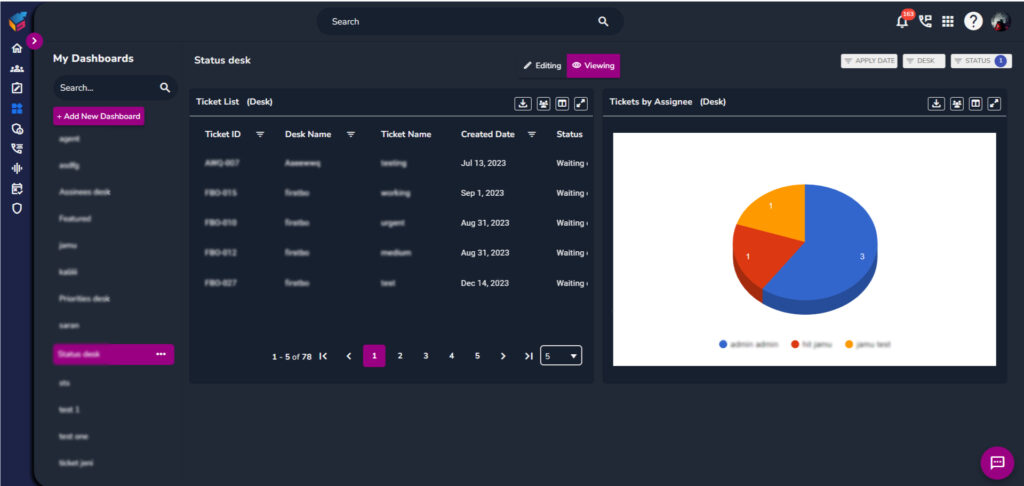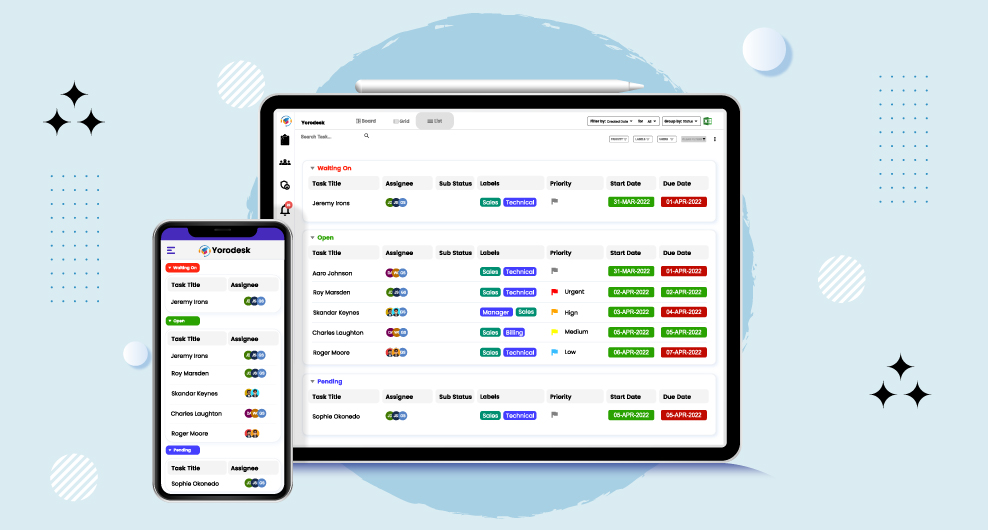Table of Contents
Every customer service agent dreads hearing those words: “Someone stole my credit card information. I don’t know what to do!” Yet, these incidents are all too common. Despite your best efforts and security programs, your business and customers may still face such challenges.
Whether a customer lost their credit card, or their account details were leaked in a data breach, having a robust customer service security strategy is crucial. It not only helps you address these issues but also minimizes their impact on your business.
In this blog, we’ll delve into:
- Understanding customer service security
- Strategies to enhance security in your business
- Best helpdesk software
Let’s get started.
What is customer service security?
Customer service security is the practices and measures implemented by a business to protect customer information and ensure a secure environment for customer interactions. This includes safeguarding sensitive data such as credit card information, personal details, and communication records from unauthorized access, theft, or misuse.
Customer service security involves a combination of technology, policies, and training to mitigate risks and protect both customers and the business. It aims to build trust with customers by demonstrating a commitment to their privacy and security.
Top 9 ways to upgrade your customer service security
- Implement Two-Factor Authentication (2FA): Require customers to provide two forms of verification to access their accounts. This typically involves something they know (password) and something they have (a code sent to their phone or email). 2FA adds an extra layer of security, making it harder for unauthorized users to access accounts even if they have the password.
- Encrypt Customer Data: Use strong encryption methods to protect sensitive customer information. Encryption scrambles data so that only authorized parties can access it, adding a layer of security in case of a data breach. Both data in transit (e.g., when information is being transmitted over the internet) and data at rest (e.g., stored on servers) should be encrypted.
- Regular Security Audits: Conduct regular security audits and assessments to identify and address potential vulnerabilities in your systems and processes. This helps ensure that your customer service security measures are up to date and effective.
- Employee Training: Train employees on security best practices and the importance of protecting customer information. This includes recognizing phishing attempts, using secure passwords, and following proper data handling procedures.
- Use Secure Payment Gateways: Utilize secure payment gateways that comply with industry standards, such as the Payment Card Industry Data Security Standard (PCI DSS), to process transactions securely. These gateways encrypt payment information, reducing the risk of payment fraud.
- Monitor for Suspicious Activity: Implement monitoring tools to detect and respond to suspicious activity, such as unauthorized access attempts or unusual account behavior. Monitoring can help you identify security breaches early and take action to mitigate them.
- Update Software Regularly: Keep all software, including customer service platforms and security tools, up to date with the latest patches and security updates. Outdated software can be vulnerable to security breaches, so regular updates are essential.
- Strong Password Policies: Enforce strong password policies for customers, requiring a combination of letters, numbers, and special characters. This helps prevent easy-to-guess passwords and adds an extra layer of security to customer accounts.
- Data Backup and Recovery: Implement regular data backup procedures and have a plan in place for recovering data in the event of a security breach or data loss. Regular backups help ensure that you can recover customer data if it is compromised, minimizing the impact of a security incident.
Conclusion
In light of the increasing number of cyberattacks and the critical importance of protecting customer information, prioritizing customer service security is imperative for all organizations.
By implementing these robust security measures and promoting a culture of security awareness, organizations can protect customer data, build trust, and ensure the overall success of their customer service operations.
Upgrade your customer service security with Yorodesk, a SOC 2® Type 2-certified help desk software. Sign up for a free trial today to explore its capabilities for your team.

For any assistance or inquiries, the Yorodesk support team is always available to help. To discover how Yorodesk can be tailored to meet your specific business needs, contact us to schedule a personalized demo.




